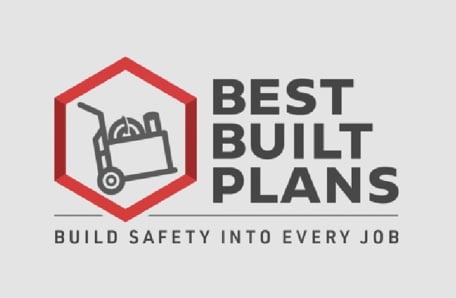
Contractor Planning Tool
Look Back (Lessons Learned)
WHO TO INVOLVE: May involve the project superintendent/project manager, foreman, and workers.
ACTION NEEDED: When the project ends, take time to reflect on the success of your plan – what worked and what could be better?
- Meet with your employees to get their input on what helped or did not help to minimize manual materials handling and what equipment, work practices, or actions they would recommend for future projects.
- Document what you learned and the solutions so they can be used to minimize manual materials handling and prevent injuries on future projects.
PURPOSE & GOAL: Identify lessons learned on this project to improve materials handling and reduce injuries on future projects. The more you learn from each project, the better positioned you will be to successfully bid and win future projects. Consider this last step the first step in planning for and winning your next project.
KEY QUESTIONS |
RESOURCES |
|
Use your planning documents (bid documents, checklists, etc.) to compare how you expected materials to be handled with what happened on the job site. REMINDER: If you used the Materials Handling Workbook and worksheets and/or the on-the-job daily checklist, you will have the documentation you need to conduct this review. |